All photographs by author
Frozen food is a staple in aquarium fish diet and a great alternative to live food. You can even argue that it’s a safer alternative, being flash frozen in extremely low temperatures for prolonged time, which eliminates the risk of introducing harmful parasites to the water column. The product I am trying out today is called Calanus and it’s manufactured by Piscine Energetic, a Canadian company known in the hobby for their excellent frozen Mysis shrimp and other high-quality frozen feeds.
Before I get to the actual product, a question needs to be asked: “How does one go about reviewing commercially produced frozen food?” Since most reefers don’t have a portable laboratory to analyze the content, we tend to believe in manufacturer’s posted claims and ingredients and focus on different aspects of fish food:
-what’s in it (visual inspection)
-where it comes from
-value
-how large are the food particles
And finally
-how fish and other fauna react to the food
-does it cloud water when feeding
That’s exactly how I am going to review PE Calanus (in addition to macro shots of the food)
WHAT’S IN IT/WHERE DOES IT COME FROM
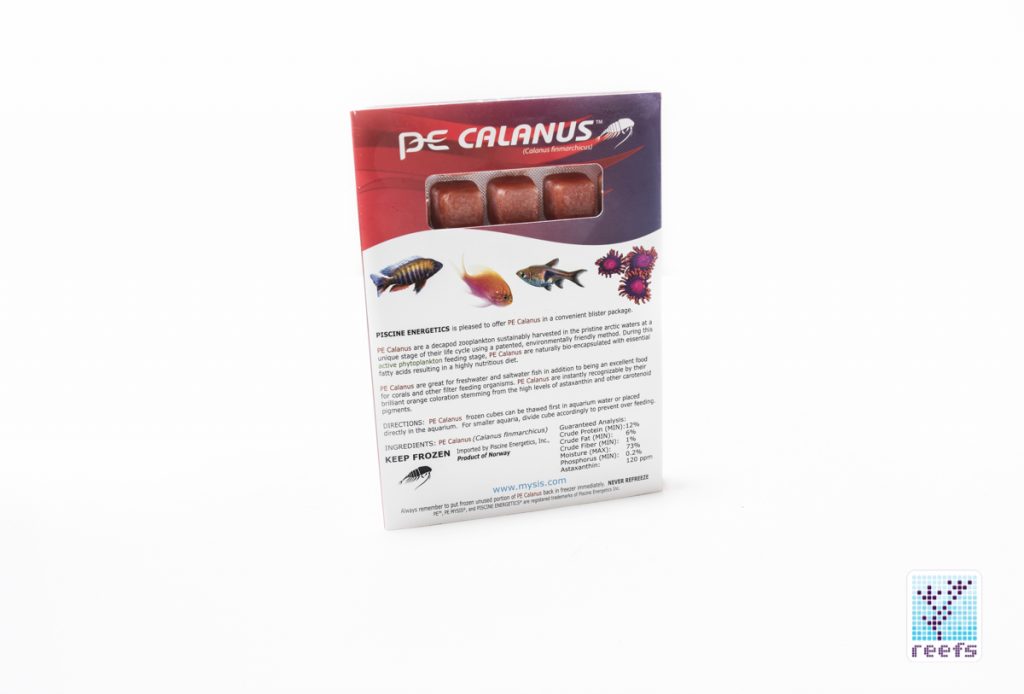
PE Calanus retail package
The only ingredient listed in PE’s newest frozen food is a little crustacean from which the product derives its name – Calanus finmarchicus. Calanus is a copepod found in large numbers in cold waters of the Atlantic Ocean. PE sources its calanus in the North Sea off the coast of Norway, where it is the most abundant. Its diet mainly consists of various forms of phytoplankton, such as diatoms and dinoflagellates, and it is especially valued as a food source for fish due to its high content of protein, omega-3 fatty acids, and antioxidants.
One interesting fact about Calanus finmarchicus is that it’s often the subject of studies on climate change, as it shows a rapid response to changes in temperature. Scientists track Calanus migration patterns to determine climate shifts in the North Atlantic region.
WHAT ARE YOU GETTING
PE Calanus is sold in a single sheet containing 35 pre-portioned cubes, with a total weight of 4 oz. (113 grams). With an average retail price of around $14, it is not the cheapest frozen food out there, but what justifies the price is the fact that Calanus is a specialty food that no other manufacturer offers. PE also sells the food in a twin pack, combined with their Mysis shrimp; you get 35 cubes of each for around $24.
HOW DOES IT LOOK
Calanus finmarchicus is a relatively large species of copepod, with an adult size of 2-4 mm long, or the size of a few-days-old brine shrimp. When it’s thawed, it stays together in a jelly-like structure. High carotenoid pigments gives Calanus its bright red color. PE advertises it as an excellent choice for both freshwater and saltwater fish, as well as corals and other filter-feeding animals. Look at the below photographs for reference:
FEEDING TIME
PE Calanus stimulated a great feeding response from fish in both my freshwater and saltwater aquariums. It was consumed a moment after introduction into the water column and does not cloud the water at all. Here’s a series of photographs of feeding time in my tanks:
Calanus is a small-particle food, perfect for freshwater and small saltwater fish. I’ve also observed feeding response from some of my palythosa, zoanthids, as well as my tube anemones, Cerianthus membranaceus. However, it is too large for small polyp stony corals.
VERDICT
My freshwater and saltwater fish liked it! Due to its bright red color and distinctive aroma, Calanus may work well as a transition food for finicky eaters that refuse to eat other frozen treats. If you want to diversify your tank inhabitants’ diet, provide them with omega-3 acids, and don’t mind paying a more than for brine or mysis shrimp, give PE Calanus a try.

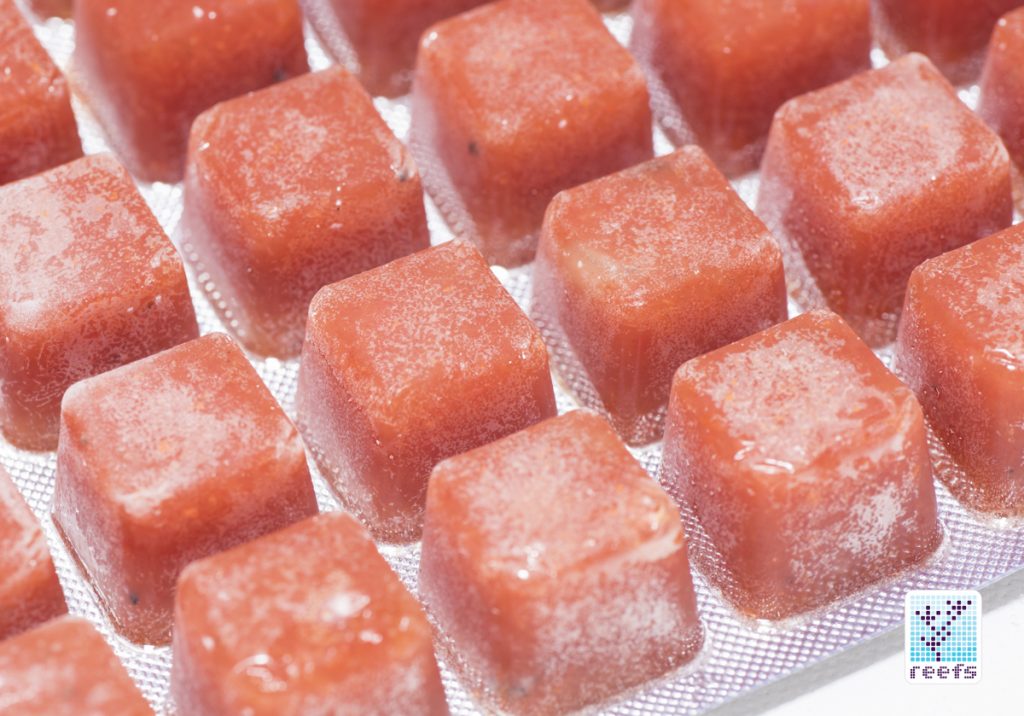
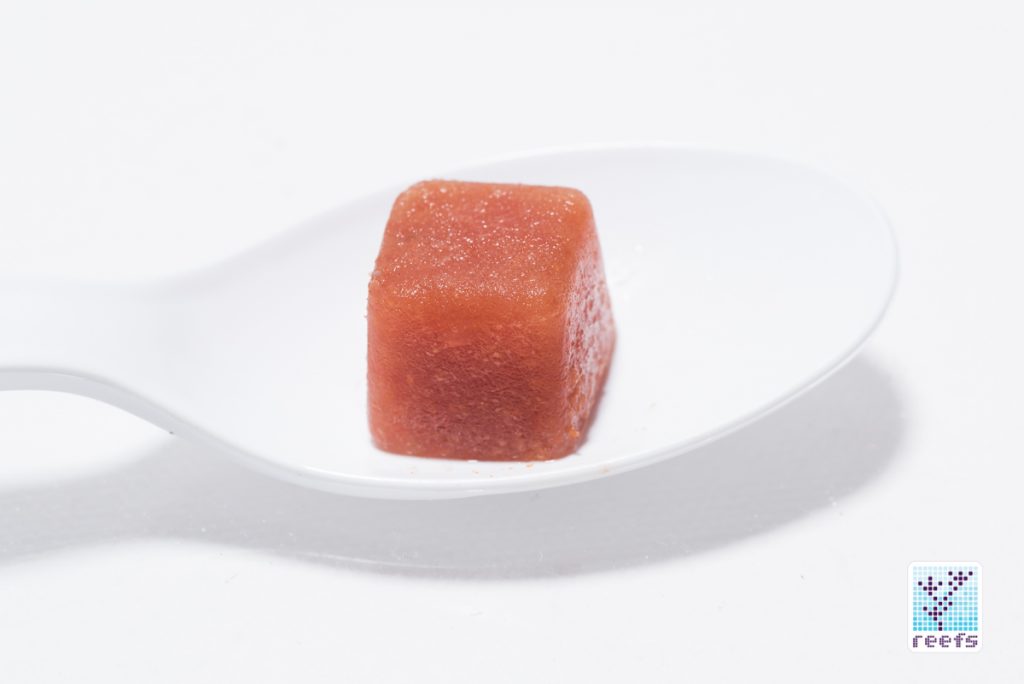
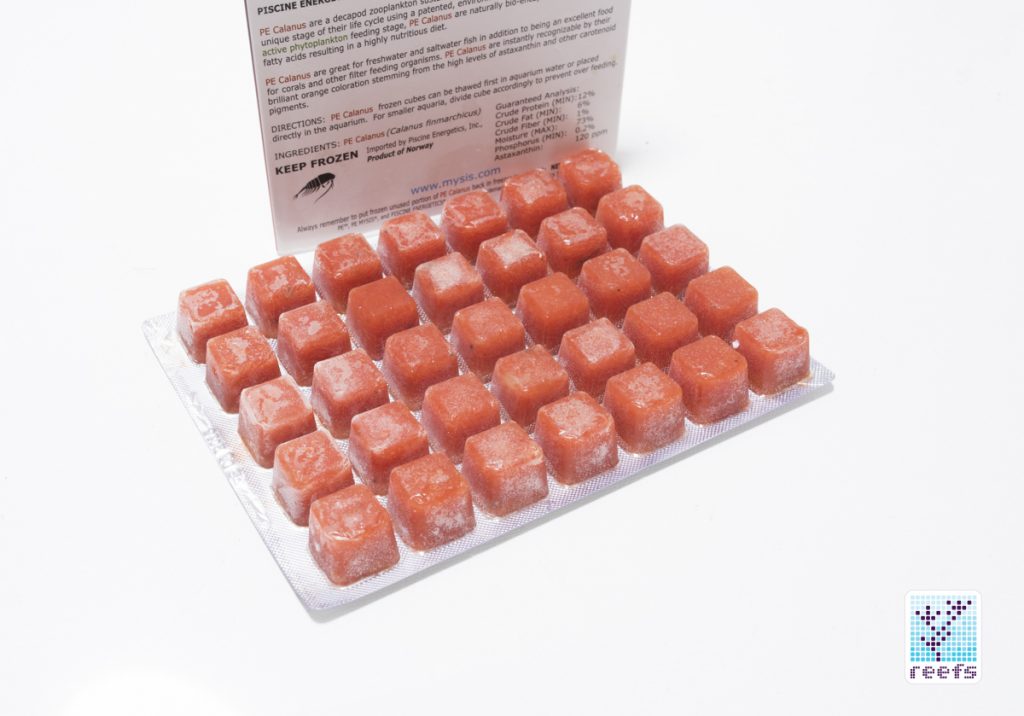
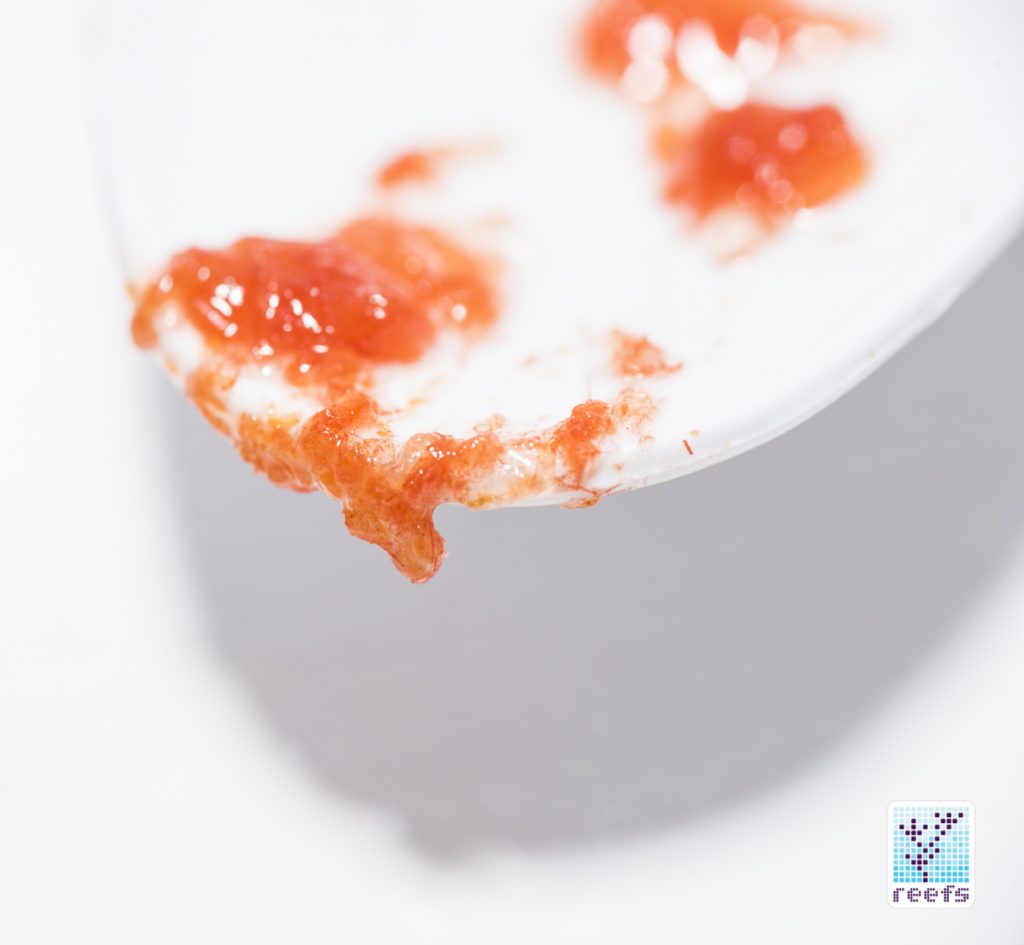
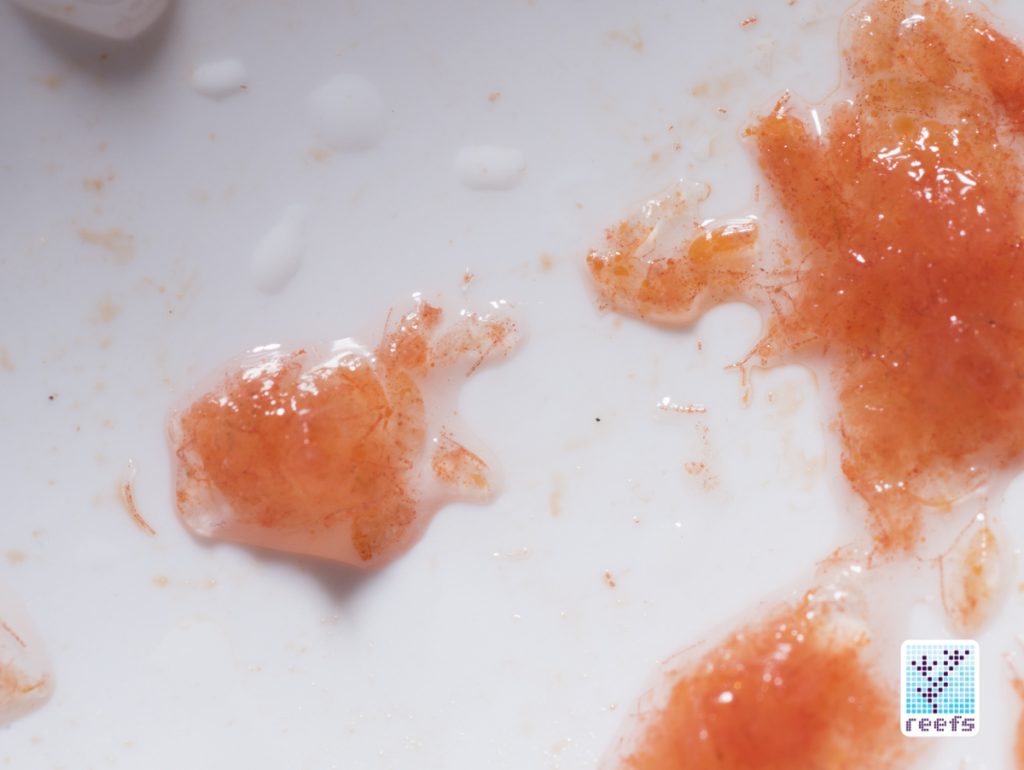
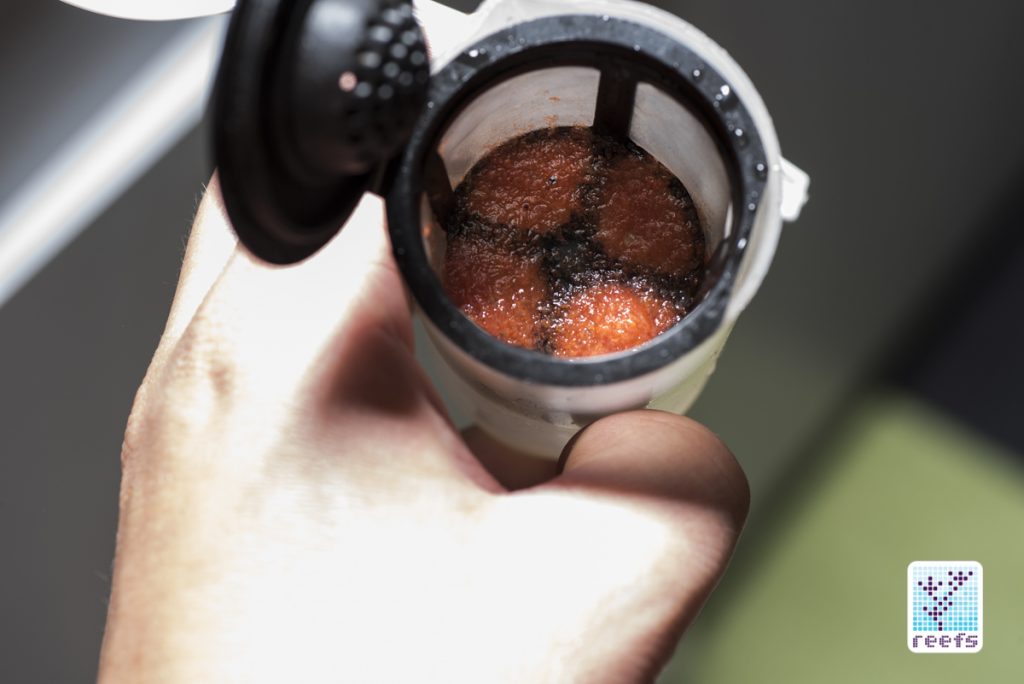
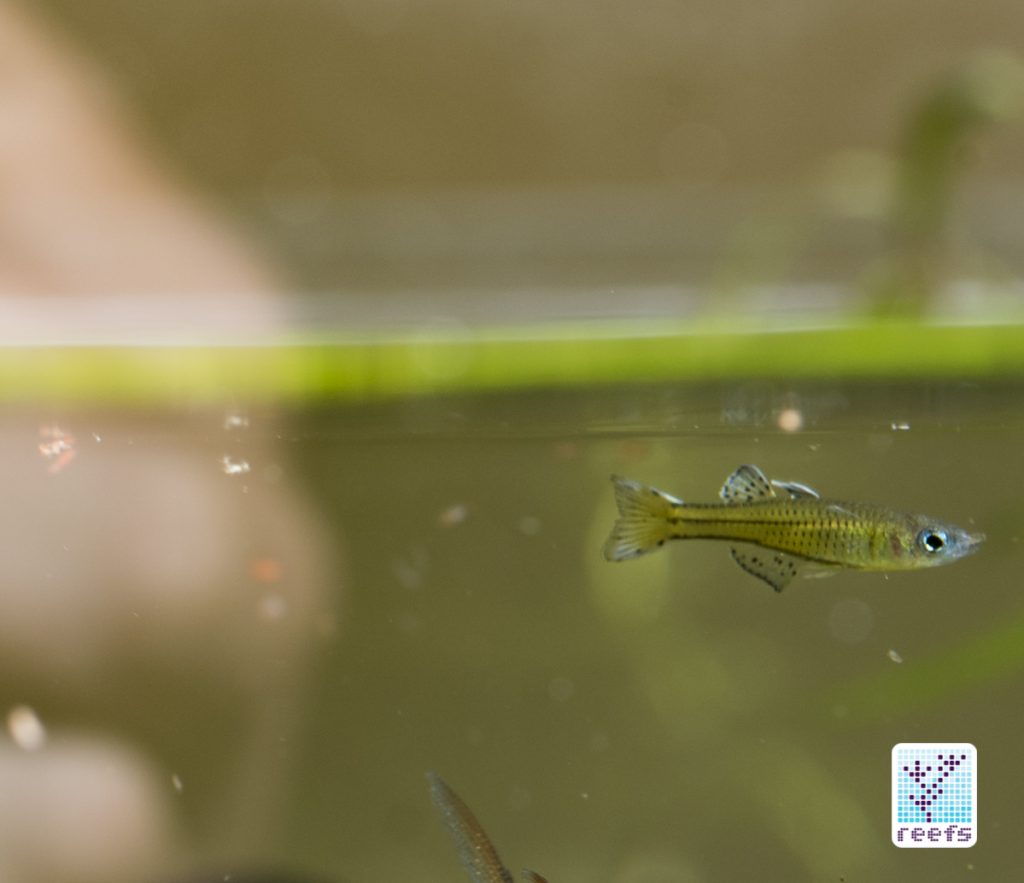
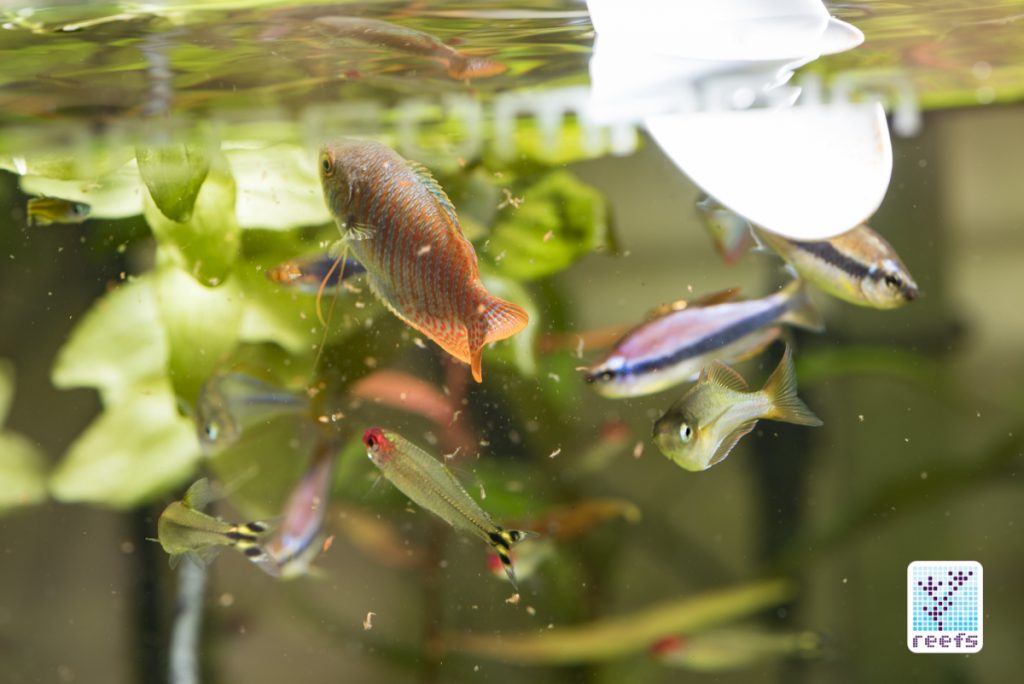
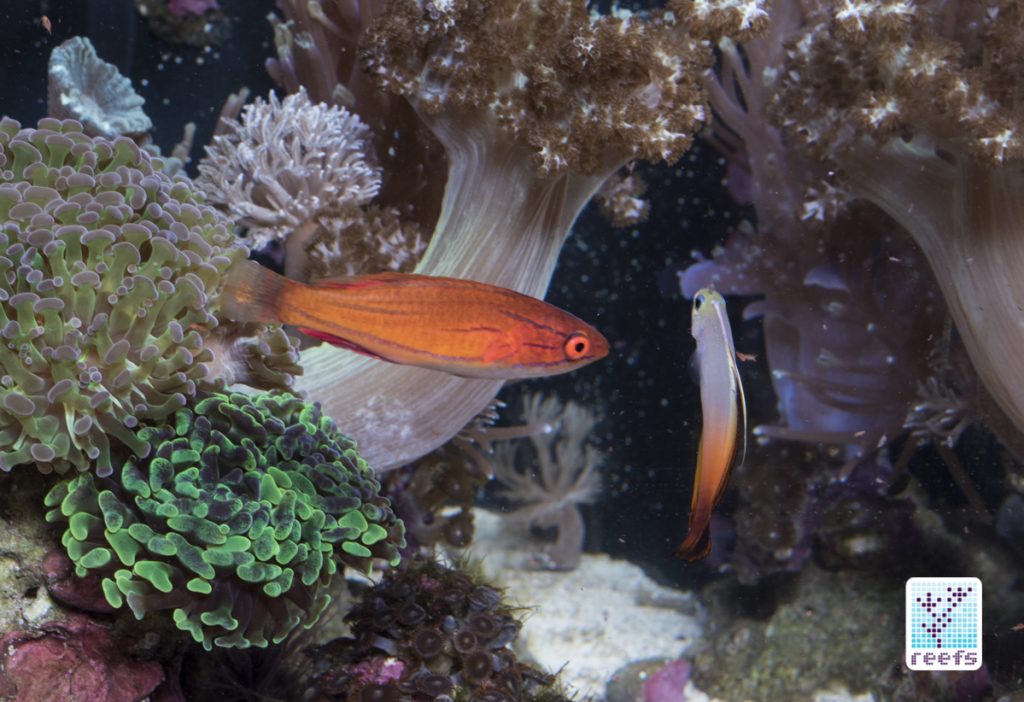

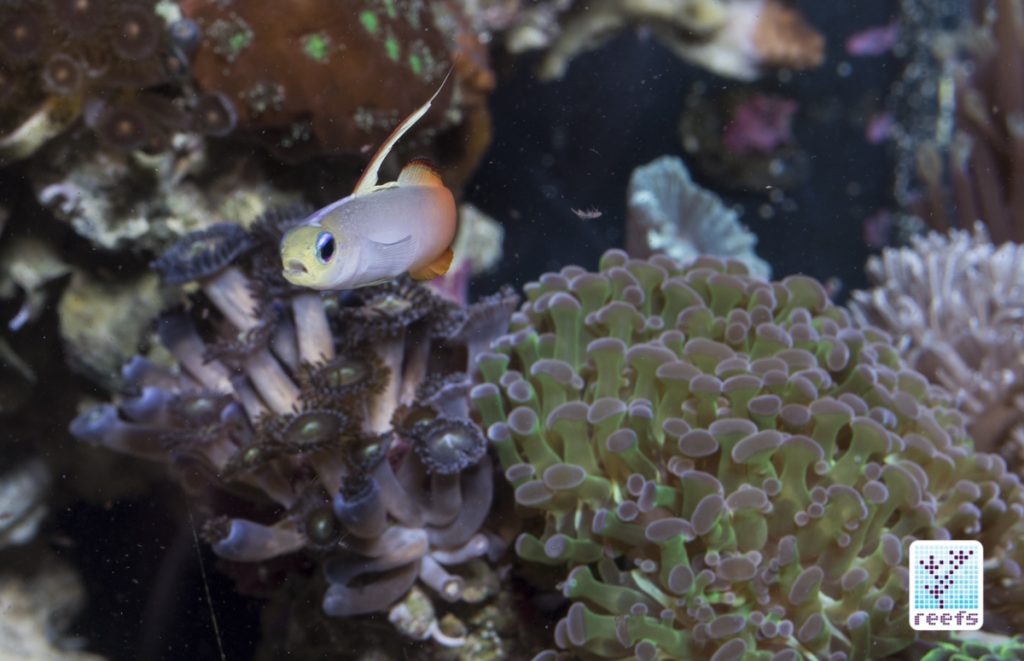










My saltwater fish hate it. They eat it and spit it right back out.
Wow, I’ve had an opposite reaction. They also devour a dried version from Sicce. What fish do you keep?
Marcin Smok I have 2 clowns, flame wrasse, yellow flanked wrasse, yellow tang, melanurus wrasse, diamond goby, 2 cardinalfish, gold blenny and a quoyi parrotfish (he will actually eat it sometimes if there is nothing else). I just ended up using it to feed my rock flower anemone and some corals.
Interesting, I have had the opposite experience. Our anthias (dispar) were initially refusing to eat anything but they took to the calanus immediately. I’m pretty sure this food is the only reason they made it through the initial weeks. Most of our fish, at least the smaller ones, blennies, anthias, wrasses, some tangs and clowns even, go after this. If I drop a whole cube in while still frozen, the triggers (blue throat) love to grab onto it and chew, they will eat the whole cube in no time. That said, we have never fed only calanus at any time so perhaps that has something to do with it.
My freshwater fish love this stuff. It’s great frozen food because small species can enjoy it. My 60+ ember tetras can barely take down small blood worms but can crush this stuff. All my fish love it… gouramis, rams, tetras, corys, etc